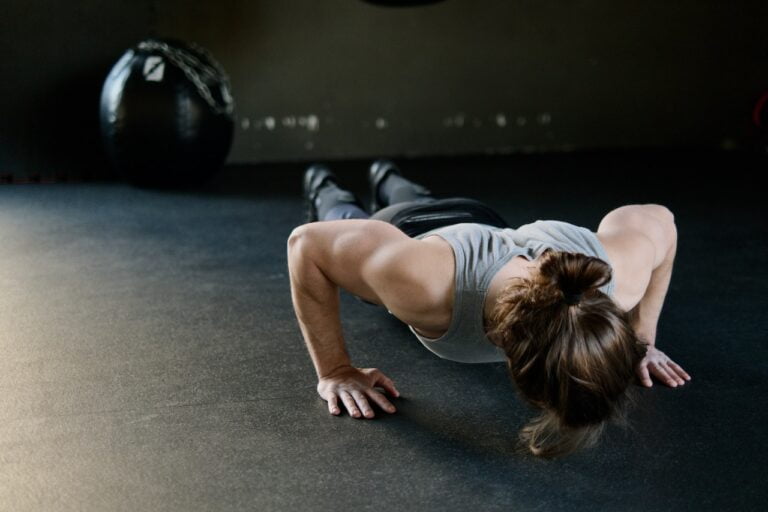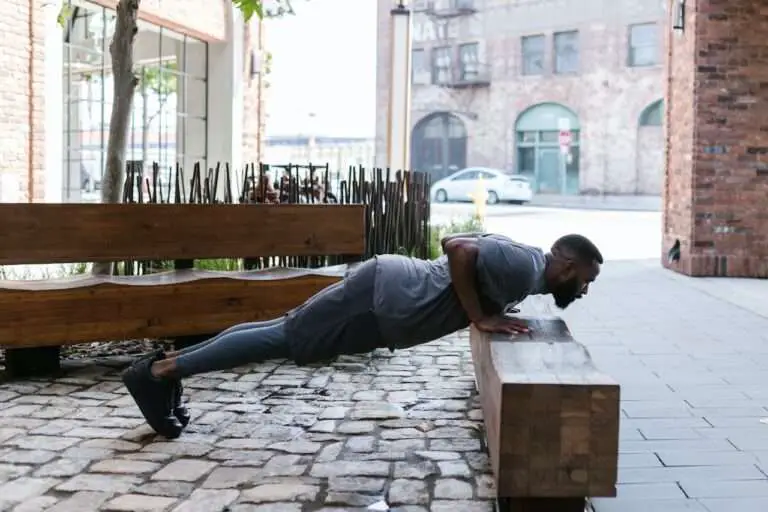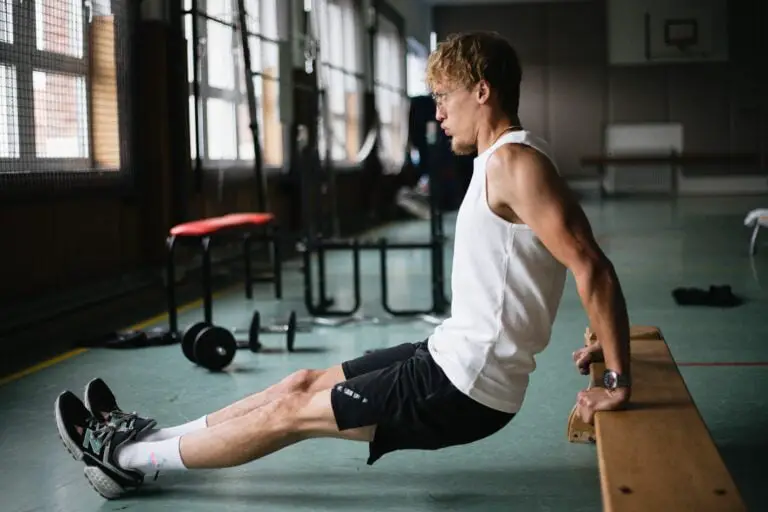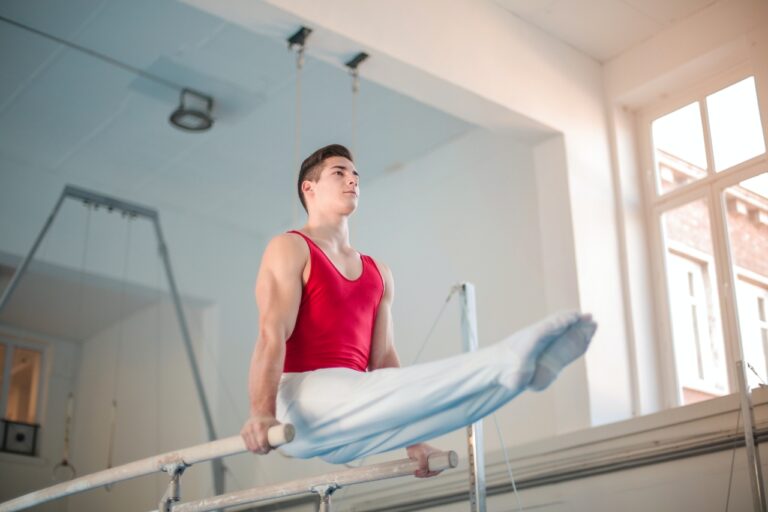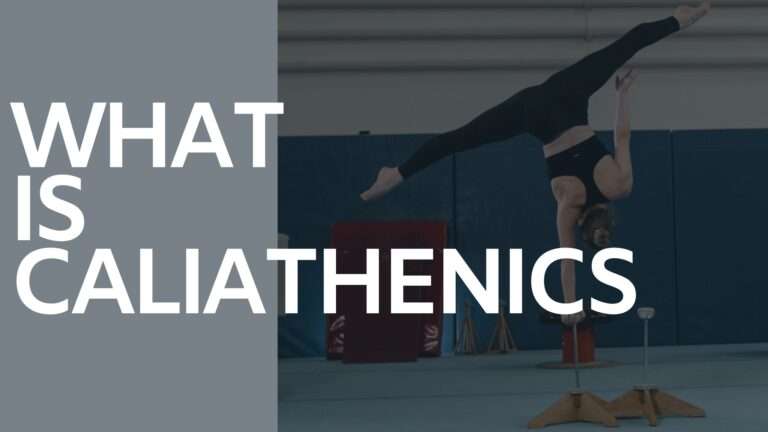Lower Body Calisthenics Workout: Building Strength And Muscles
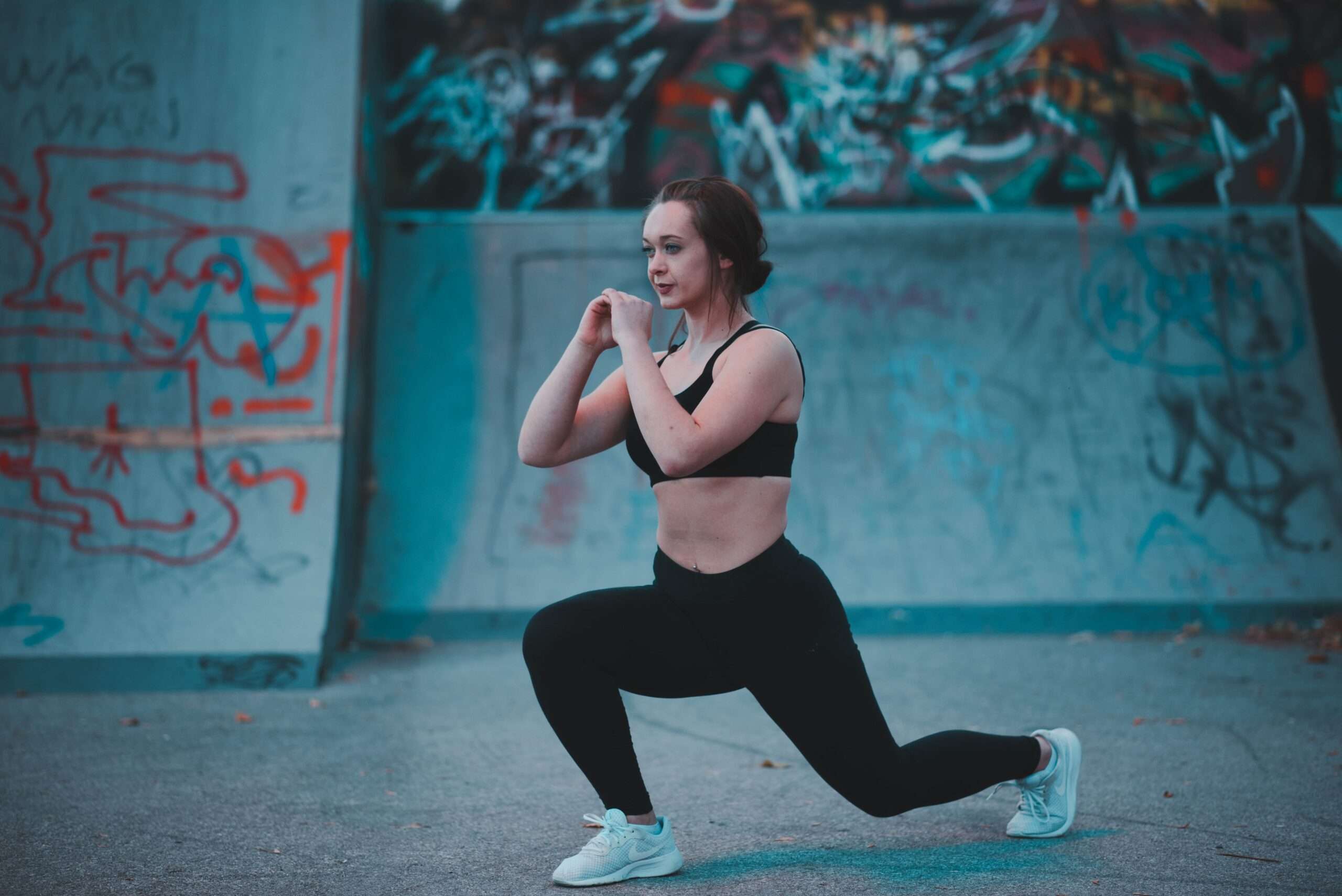
The lower body serves as the foundation for all our movements, from walking and running to squatting and jumping. It plays a crucial role in daily activities and sports performance. If you’re looking to enhance your lower body strength, stability, and overall fitness, a lower body calisthenics workout could be the answer. In this article, we’ll explore the benefits of calisthenics for the lower body, discuss essential exercises, and routines, and provide tips for success.
This article will guide you through a comprehensive lower-body calisthenics workout, from warm-up to cool-down. You’ll learn about essential exercises, proper form and technique, how to create a workout routine, and tips for tracking your progress.
Lower Body Calisthenics Explained
Lower Body Calisthenics is a branch of calisthenics that focuses specifically on strengthening and sculpting the muscles in your legs and glutes using bodyweight exercises. This approach utilizes your own body as resistance, offering a challenging and effective workout for the lower body.
The Importance of Lower Body Strength and Fitness
Your lower body comprises several major muscle groups, including the quadriceps, hamstrings, glutes, and calves. These muscles are vital for supporting your body’s weight, maintaining balance, and generating power. Whether you’re an athlete aiming to improve your performance or simply looking to enhance your daily activities, building lower body strength is essential.
The Benefits of Calisthenics for Lower Body Workouts
Calisthenics is a form of exercise that utilizes body weight as resistance, and it’s gaining popularity for its simplicity and effectiveness. When it comes to lower body workouts or legs wrokout, calisthenics offers several advantages:
- Builds functional strength: Calisthenics movements mimic everyday activities, enhancing your ability to perform daily tasks with ease.
- Supports joint health: Unlike heavy weightlifting, calisthenics places less strain on joints while still promoting muscle growth.
- Improved Leg Strength: Lower body calisthenics helps build strong and functional leg muscles, including the quadriceps, hamstrings, and calves.
- Enhanced Mobility: These exercises promote flexibility and joint mobility, which is crucial for preventing injuries and maintaining overall well-being.
- Core Engagement: Many lower body calisthenics exercises engage the core muscles, contributing to better posture and stability.
- Balance and Coordination: Performing bodyweight movements challenge your balance and coordination, leading to better overall athleticism.
- Minimal Equipment: Lower body calisthenics can be done virtually anywhere without the need for expensive gym equipment.
Also read: Push pull leg split
Lower Body Calisthenics Basics
Before diving into specific exercises, it’s essential to understand the fundamental principles of lower body calisthenics:
- Proper Form: Correct form is crucial to maximize the effectiveness of the exercises and prevent injuries. Focus on maintaining good posture and alignment throughout each movement.
- Safety Precautions: Pay attention to your body and avoid pushing yourself too hard, especially if you’re a beginner. Gradually progress to more challenging exercises.
- Warm-Up: Warming up is crucial to prepare your body for the demands of exercise. It increases blood flow to your muscles, raises your body temperature, and reduces the risk of injury. For a lower-body calisthenics workout/legs workout, focus on dynamic stretching exercises like leg swings, hip circles, and bodyweight squats.
Key Exercises in Lower Body Calisthenics
Bodyweight Squats: Bodyweight squats are a fundamental lower-body exercise in calisthenics. They work the quadriceps, hamstrings, and glutes. Variations such as pistol squats and Bulgarian split squats add difficulty and target specific muscles.
Lunges: Lunges are excellent for targeting the quadriceps, hamstrings, and glutes while improving balance and stability. They can be performed as forward, reverse, or lateral lunges.
Glute Bridges: Glute bridges isolate and strengthen the glute muscles. They are effective for improving hip mobility and addressing issues like lower back pain.
Calf Raises: Calf raises target the calf muscles and is essential for balanced lower body development. You can perform them on flat ground or an elevated surface.
Step-Ups: Step-ups are great for working the quadriceps and glutes. They require a sturdy platform or bench and involve stepping up and down repeatedly.
Leg Raises: Leg raises target the lower abdominal muscles and helps in developing a strong core, which is essential for overall body stability and balance.
Progression Techniques
To continuously challenge your lower body and make progress in Lower Body Calisthenics, you can employ various progression techniques:
- Increase Repetitions: Gradually increase the number of repetitions for each exercise to build endurance.
- Advanced Variations: Progress to more challenging variations of exercises as you gain strength and stability.
- Elevated Surfaces: Use elevated surfaces to make exercises like squats or step-ups more demanding.
- Add Resistance: If bodyweight exercises become too easy, consider incorporating resistance bands or weights for added difficulty.
Combining Exercises into a Routine
A. Creating a Lower Body Calisthenics Workout Plan
To create an effective lower-body calisthenics routine, consider the following tips:
- Set Clear Goals: Determine what you want to achieve with your lower body calisthenics training, whether it’s building muscle, increasing endurance, or enhancing mobility.
- Choose Exercises Wisely: Select exercises that align with your goals and gradually progress to more challenging variations as you improve. Choose a variety of lower body exercises that target different muscle groups.
- Create a Workout Plan: Develop a structured routine that includes warm-up exercises, the main workout, and cool-down stretches.
- Sets and Repetitions: Start with 3-4 sets of each exercise, with 10-15 repetitions per set. Adjust the sets and reps based on your fitness level.
- Rest Between Sets: Allow 30-60 seconds of rest between sets to recover.
- Track Progress: Keep a workout journal to monitor your progress and make adjustments to your routine as needed.
B. Tips for Structuring Sets and Repetitions
- Start with a dynamic warm-up to prepare your muscles.
- Perform 3-4 sets of each exercise with proper form.
- Focus on controlled movements and full range of motion.
- Incorporate both compound and isolation exercises.
- Gradually increase the intensity as you progress.
C. Balancing Exercises for a Well-Rounded Workout
Include exercises that target both the front and back of your legs, as well as your glutes. This balanced approach helps prevent muscle imbalances and enhances overall lower body strength.
Common Mistakes to Avoid
Overcoming Plateaus
Plateaus can be frustrating, but they’re normal in fitness. Try varying your exercises, increasing intensity, or changing your workout routine to break through plateaus.
Dealing with Muscle Soreness
Post-workout soreness is common. Active recovery, such as light stretching or low-intensity cardio, can help alleviate sore muscles.
Staying Motivated
Find ways to stay motivated by setting achievable goals, tracking progress, and seeking support from a workout partner or community.
Overtraining and Injury Risks
One common mistake is overtraining the lower body without allowing adequate recovery time. It’s essential to balance your workouts with rest days to prevent overuse injuries.
Using Incorrect Form and Technique
Using improper form during exercises can lead to injuries and hinder your progress. Always prioritize proper form over the number of repetitions or weights lifted.
Ignoring the Importance of Rest and Recovery
Muscle growth and repair occur during rest and recovery periods. Ensure you get enough sleep and allow your muscles to recover between intense workouts.
Cooling Down and Stretching
A. The Importance of Post-Workout Stretching
After your lower body calisthenics workout, it’s essential to cool down and stretch your muscles. Stretching helps improve flexibility, reduce muscle soreness, and enhance recovery.
B. Static Stretches for Lower Body Muscles
- Quadriceps Stretch: Stand on one leg, grab your opposite ankle, and gently pull your heel towards your glutes. Hold for 15-30 seconds per leg.
- Hamstring Stretch: Sit with one leg extended and the other leg bent so the sole of your foot touches the inner thigh of your extended leg. Reach for your toes and hold for 15-30 seconds per leg.
- Calf Stretch: Place one foot behind you with the heel on the ground and the toes pointing forward. Lean forward slightly to feel the stretch in your calf. Hold for 15-30 seconds per leg.
C. Promoting Flexibility and Reducing Muscle Soreness
Regular stretching after your workouts can help maintain flexibility, reduce the risk of injury, and alleviate post-exercise muscle soreness. Incorporate these stretches into your cool-down routine for optimal benefits.
Nutrition, Hydration and Recovery
Proper nutrition and recovery are essential components of any fitness program, including lower body calisthenics:
The Role of Nutrition in Muscle Recovery and Growth
Proper nutrition is essential for supporting muscle recovery and growth. Ensure you consume an adequate amount of protein, carbohydrates, and healthy fats to fuel your workouts and aid recovery.
Hydration for Optimal Performance
Staying hydrated is crucial for maintaining energy levels and preventing muscle cramps during your workouts. Drink water throughout the day and consider a sports drink if your workout is particularly intense or lengthy.
Pre and Post-Workout Nutrition Tips
Before your workout, consume a balanced meal or snack that includes carbohydrates and protein for energy. After your workout, refuel with a protein-rich snack or meal to aid muscle recovery.
Recovery Strategies
Incorporate rest days into your routine to allow your muscles to recover. Focus on quality sleep, hydration, and stretching to aid in recovery.
The Role of Rest and Sleep
Quality sleep is crucial for muscle repair and overall well-being. Aim for 7-9 hours of sleep per night.
Safety and Injury Prevention
Safety should always be a top priority when engaging in lower body calisthenics:
- Use Proper Form: Maintain proper form during exercises to prevent injuries. Seek guidance from a fitness professional if needed.
- Listen to Your Body: Pay attention to any pain or discomfort during workouts. If you experience pain, stop the exercise and consult a healthcare provider if necessary.
- Warm-Up and Cool Down: Always warm up before your workout to prepare your muscles and cool down afterwards to prevent muscle tightness and injury.
Conclusion
Lower body calisthenics is a versatile and effective way to build strength, flexibility, and endurance in your lower body. Whether you’re a beginner or an experienced fitness enthusiast, incorporating these bodyweight exercises into your routine can lead to significant improvements in your overall fitness. Remember to prioritize proper form, nutrition, and recovery to achieve the best results safely and efficiently. So, lace up those workout shoes, and start working toward stronger, healthier legs today!

